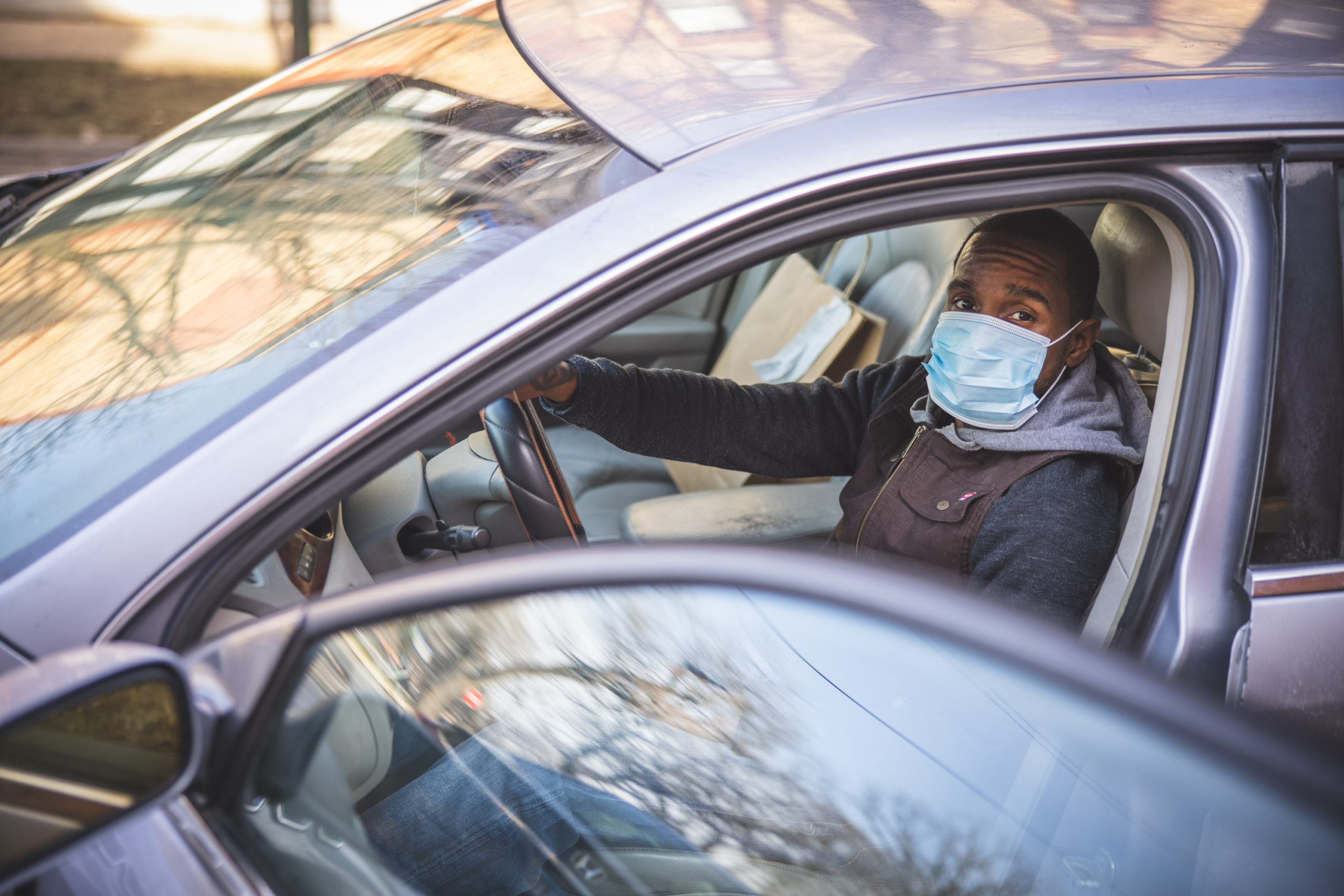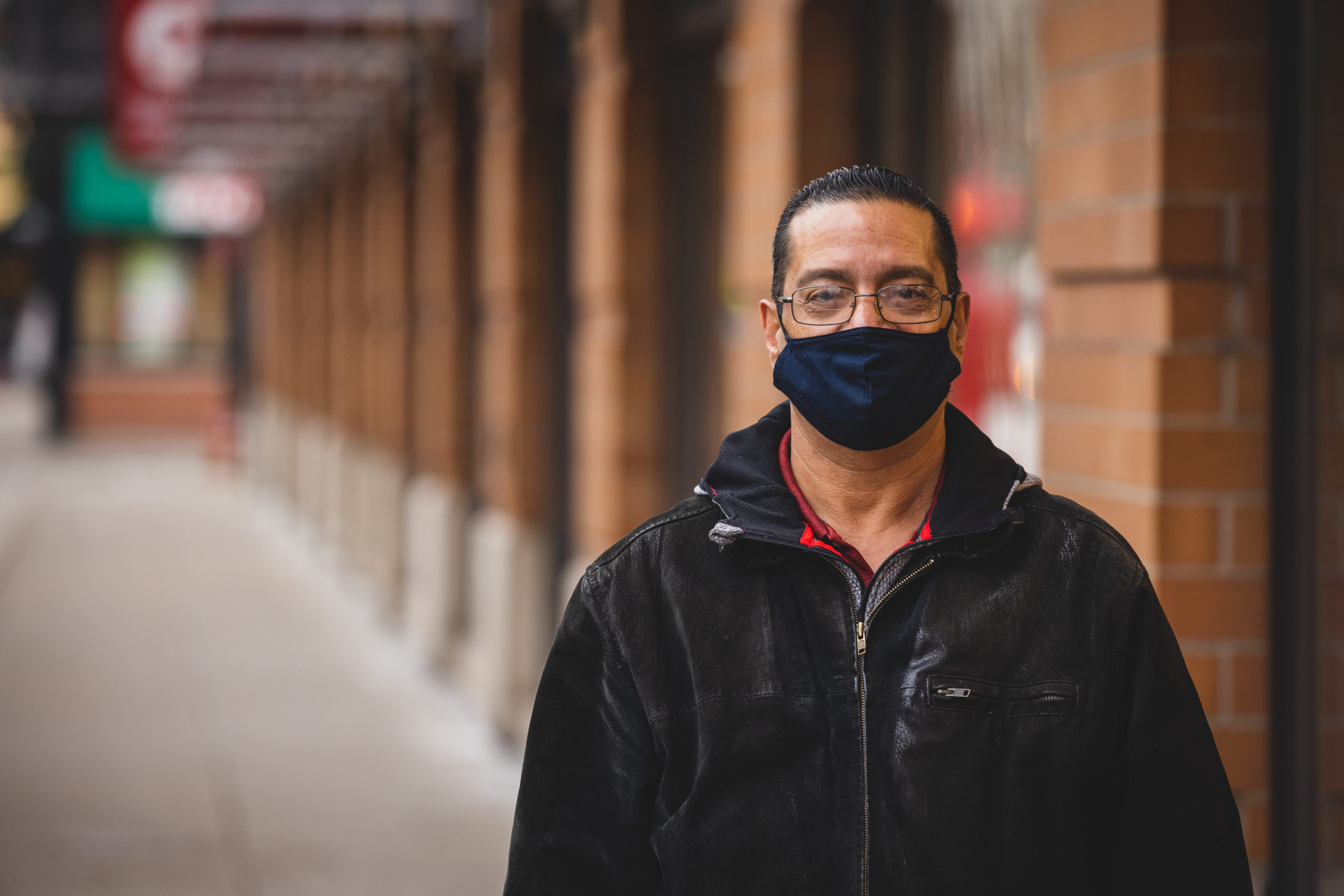Driver Impact
Some states have tried to force workers into rules and regulations that deny them the flexibility they need. From enforcing surge caps to pushing for drivers to be classified as full-time employees, gig work is being threatened. Now, they’re trying to do that in Illinois too, without really listening to what independent workers actually want.
Currently, thousands of drivers rely on independent work for earning opportunities while they are in school, parenting, working other jobs, tending to family matters, or maintaining supplemental earnings for other reasons.



